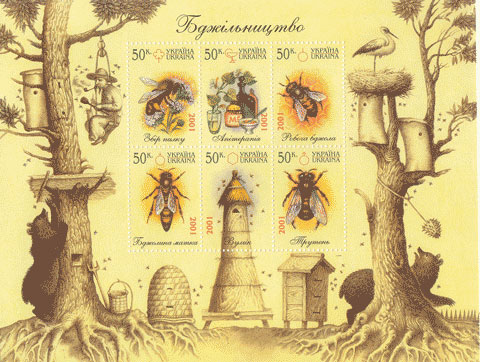The survival of a species depends on its capacity to adjust to changing environmental conditions, and new stressors. Such new, anthropogenic stressors include the neonicotinoid class of crop-protecting agents, which have been implicated in the population declines of pollinating insects, including honeybees (Apis mellifera). The low-dose effects of these compounds on larval development and physiological responses have remained largely unknown. Over a period of 15 days, we provided syrup tainted with low levels (2 µg/L−1) of the neonicotinoid insecticide imidacloprid to beehives located in the field. We measured transcript levels by RNA sequencing and established lipid profiles using liquid chromatography coupled with mass spectrometry from worker-bee larvae of imidacloprid-exposed (IE) and unexposed, control (C) hives.
Within a catalogue of 300 differentially expressed transcripts in larvae from IE hives, we detect significant enrichment of genes functioning in lipid-carbohydrate-mitochondrial metabolic networks. Myc-involved transcriptional response to exposure of this neonicotinoid is indicated by overrepresentation of E-box elements in the promoter regions of genes with altered expression. RNA levels for a cluster of genes encoding detoxifying P450 enzymes are elevated, with coordinated downregulation of genes in glycolytic and sugar-metabolising pathways. Expression of the environmentally responsive Hsp90 gene is also reduced, suggesting diminished buffering and stability of the developmental program. The multifaceted, physiological response described here may be of importance to our general understanding of pollinator health. Muscles, for instance, work at high glycolytic rates and flight performance could be impacted should low levels of this evolutionarily novel stressor likewise induce downregulation of energy metabolising genes in adult pollinators.
Source: Derecka K, Blythe MJ, Malla S, Genereux DP, Guffanti A, et al. (2013) Transient Exposure to Low Levels of Insecticide Affects Metabolic Networks of Honeybee Larvae. PLoS ONE 8(7): e68191. doi:10.1371/journal.pone.0068191
http://www.plosone.org/article/info%3Adoi%2F10.1371%2Fjournal.pone.0068…

- Login om te reageren
